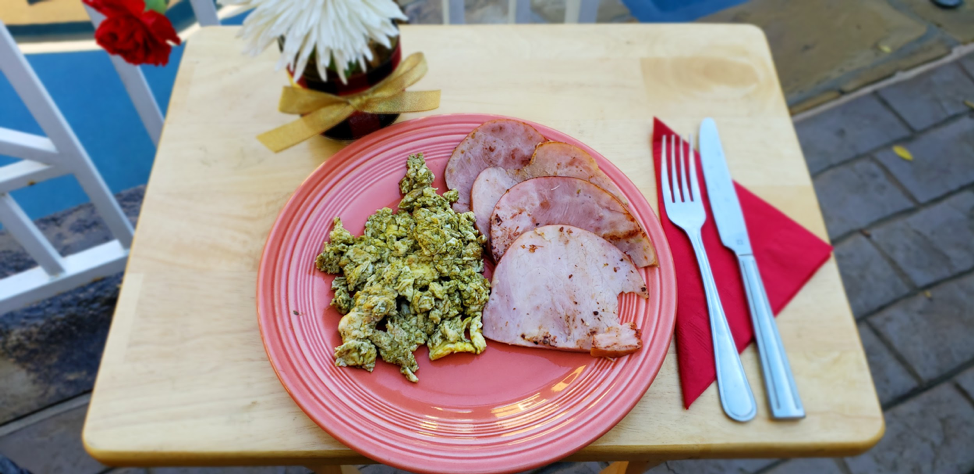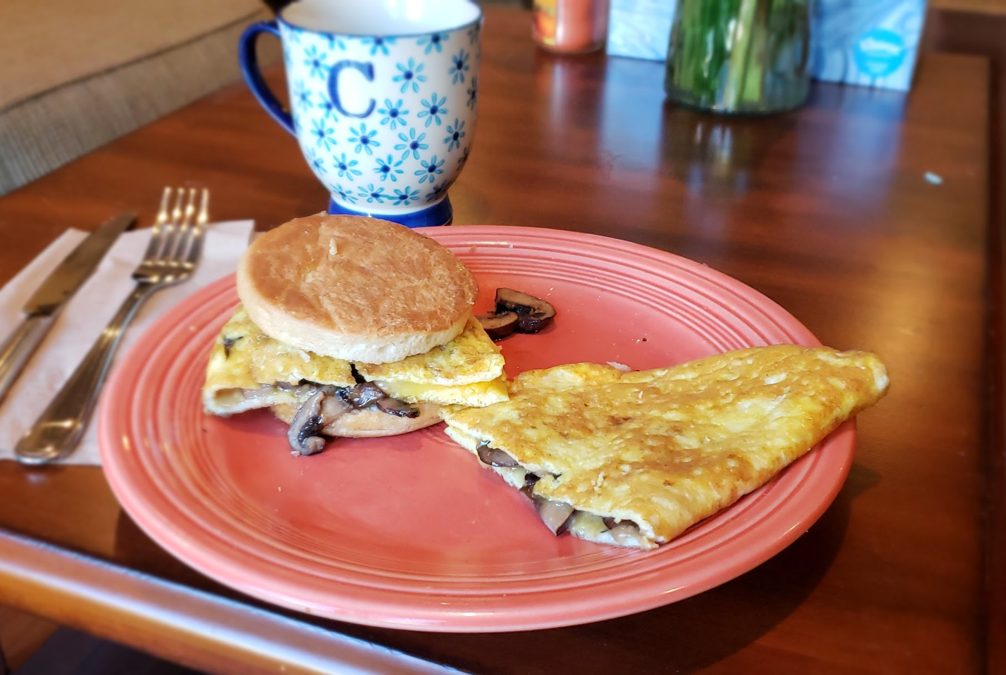Write Your Training Programs Like A Book
Curated content by Jesse Irizarry. Originally posted here.
Do you remember your high school English class? When your teacher first taught you how to write an essay, they probably began first with how to create an outline. Once you format your outline, it will be easier to organize and fill in the details. With a framework to guide your thought process, you can write an entire essay from beginning to end.
If your teacher asks you to write an essay or a thesis, they want you to show a clear intro, body, and conclusion with a resolution to the question you are trying to answer or the point you are trying to make. If a teacher tells you to write a short story, you are required to show a clear plot with a conflict or a struggle for the character to overcome, and a climax followed by a resolution.
Many students strongly dislike being told they have to go through all these steps. I know I wasn’t too fond of it when I was in high school. But there’s a good reason for it. It helps most people stay focused and narrow in on what they want to include in their writing. When you’re designing something complex or creative, you need a structure to organize the contents and decide what to include in the story or essay.
Lately, I’ve been comparing the structure and form of writing training programs to the formation of writing essays or stories. Even if trainers, coaches, and lifters are competent with planning the details of training cycles, they may never learn how to think about organizing and structuring a framework or outline so that the contents of the training cycle can be made useful and adjusted as needed.
Don’t Start In the Middle
When talking with coaches and lifters who write training programs for others and themselves, I’ve seen something pretty standard. More often than not, they begin writing their programs by listing out what exercises they’re going to do on day one and selecting the sets, reps, and planned weight.
They’ll do this for each day using the same sequence. Sometimes they’ll plan what each training cycle will prioritize and what attributes are to be stressed to improve, but sometimes they won’t.
Putting your training program together is like starting your book in chapter four without any forethought as to what the plot is or where the story should begin, how it will develop, and where it will end. The likelihood that you or your athlete continues to improve and develop over time without this forethought is slim.
There’s an overwhelming amount of information about methods for strength training. Without an outline to guide your decision making, there’s no way of discerning what to include in a training cycle and what will instead be a competing demand that will make it difficult to improve in one or two qualities. If you do everything, nothing will improve over time. If you use every big word in the dictionary, but the story has no plot, it won’t make any sense.
Determine Your Training Emphasis
Before you begin filling in daily exercises and figuring how many sets and reps to do for each, you must first decide what the emphasis of the training cycle will be and how it fits into the bigger picture of your training over the year or multiple years.
You can think of a singular four to twelve-week training cycle as one chapter in a book or a particular sub-point that supports the thesis of an essay. Arrange and organize your thoughts, so they make sense.
The emphasis of the one training cycle could be:
- General conditioning
- Specific strength
- Hypertrophy
- A focused peaking cycle to plan for a max out or competition
But each cycle’s emphasis has to feed into the next one to form cohesive and intelligent long-term training.
Once you’ve outlined the theme of the training cycle, you can decide what to include in the weekly progressions. A training cycle, like a story, has a beginning, middle, and end, and each has elements that are necessary for it to work.
The outline is necessary because it shows us where we start and where we end up. As we create the overview, we can take a birds-eye view in deciding to begin a mesocycle with higher volume but lighter weights or vice versa.
Maybe you choose to vary the load and intensity each week. That’s fine as long as you plan this in your outline so that training follows a clear progression and makes sense. Week six of a training cycle should not be the same as week one, which is why creating a blueprint with planned volumes and variations is invaluable.
This progression doesn’t need to be complicated or plotted out on some elaborate spreadsheet, as when you write an article, you don’t necessarily need to make a two-page outline that includes six roman numerals with six supporting details under each bullet point. It doesn’t need to be so extravagant or formal. A simple skeleton with the primary specifics will do.
I like to take out a big sheet of paper or open a blank Word doc on my laptop and write weeks one through six out across the top of it. Then I calculate the overall volume and average intensity that I’m aiming for in the training cycle and then start plugging in the distribution of this volume and load over the weeks. From here, I can create a skeleton of which exercises to emphasize each day and the variation of volume over the different workouts.
After this, it’s much easier to fill in the details and punch all of it into a spreadsheet to see the finished product and read the program out in its entirety.
Identify What Your Training Plan Needs
The purpose of the outline is to zoom out and acutely think through what you want to produce in the training cycle. You have a specific target to hit with each training cycle, so you need to carefully calculate what means will genuinely get you to your end.
After you’ve planned the focus and progression of the training cycle, you can decide what methods you’ve found to work best in developing the qualities you’ve designed.
There are general principles that work for everyone and firm guidelines for each particular training cycle or stage of development. Still, you’ll also learn that specific approaches to training within the standards of the set of principles will benefit you or your athletes better than others. How you’ll use the methods needs to be mapped out before you can complete the minor details of the training program.
Play With the Rest
After you’ve decided how you will use the methods you know to work, you can make minimal adjustments to the training cycle using the ideas with which you want to experiment. These are the ideas, methods, and modifications that you’re not entirely sure of but want to test. The experimental part should account for five percent or less of the contents of the training cycle.
This way, it won’t negatively affect your training/development to any significant degree, and you can evaluate if it’s useful or not. If you change too much or introduce too many new factors, it's difficult to discern which method is helping or hurting.
Finishing Details
When your outline is complete, you should have the focus, the methods, and even the progression and weekly/monthly volumes decided. Now, you can lay out other exercises to use, when to do them, and how the already planned capacity will be assigned to each activity each day. This is where specific sets, reps, and prescribed loads are written for the weekly training.
After all of the front-end work, this becomes much easier and much clearer. You can use this guiding outline to plug in how the daily volume is distributed over lifts as well as sets and reps. And from here, the daily plan is written and fit into the larger project. The chapters are written out and edited, and it makes sense as part of the whole book.
Jesse competes in the sport of Olympic weightlifting, and he was also formerly a competitive powerlifter. He was featured in main strength and fitness publications. You can read more of his work on his
website.
Start Building a Better You
Ready to get started on the path to better health and wellness? Book your free intro now and one of our expert coaches will reach out to discuss how we can help you grow stronger, build confidence and develop greater functional ability.





